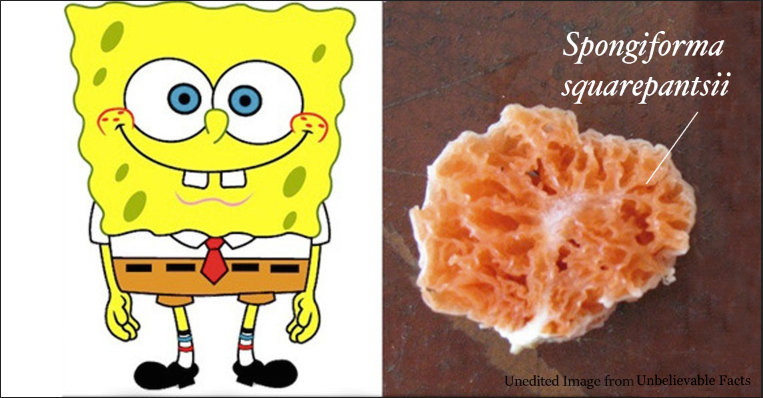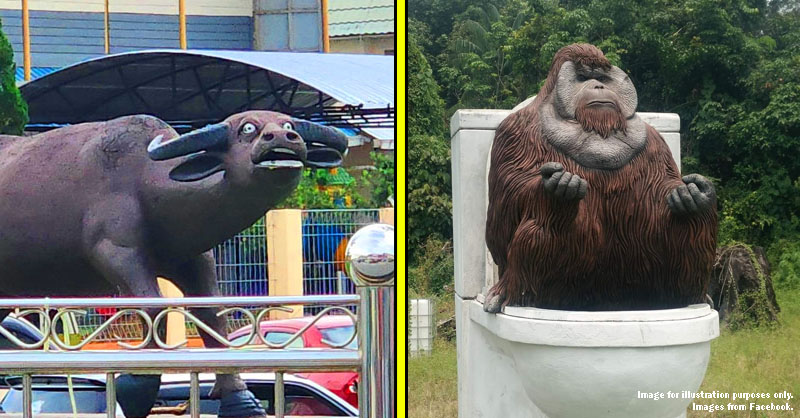Sarawak just launched Asean’s first hydrogen plant. Is it really better than petrol?
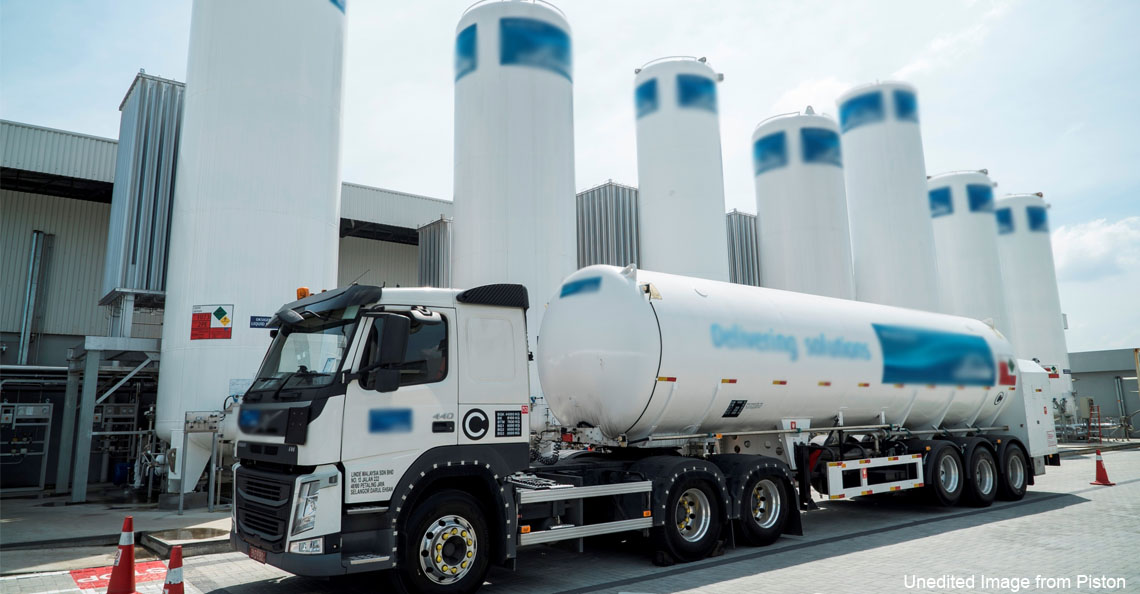
- 2.2KShares
- Facebook2.1K
- Twitter5
- LinkedIn2
- Email12
- WhatsApp31
Lately, the Sarawak state govt has been up to making the state greener, with the most recent effort being the official launch of Southeast Asia’s 1st integrated hydrogen production plant and a refueling station for the state’s 1st hydrogen-powered vehicles owned and run by Sarawak Economic Development Corporation (SEDC). Built by state-owned power provider Sarawak Energy Berhad (SEB) and Linde Malaysia, the plant can fully refuel up to 5 hydrogen fuel cell buses and 10 fuel cell cars per day.
How did this idea come about? Well, according to the Sarawak Chief Minister Abang Johari Openg who launched the plant, Sarawak has the potential to produce hydrogen from water since it has A LOT OF WATER, so Abang Johari raised it as an idea for clean alternative energy.
“We have five dams [with another one on the way] and enough supply of water. It would be a waste if it is only used for hydroelectric purposes.” – Abang Johari said.
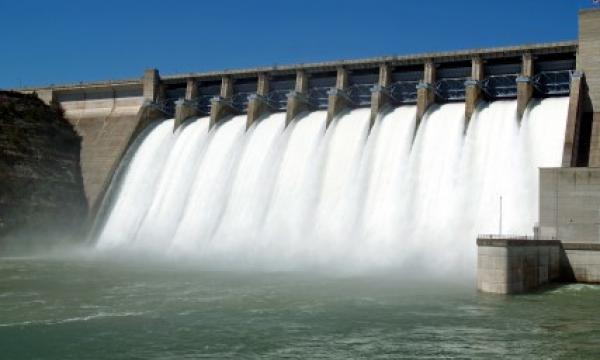
It looks like Sarawak has so much water that it’s considering exporting hydrogen fuel to an interested foreign investor (who shall remain anonymous becos Abang Johari can’t reveal the deets yet) as one of its revenue sources. The Sarawak CM also said that Sarawak’s reliance on fossil fuels needs to be reduced and shifted to clean energy to protect the state’s environment.
“You cannot rely on fossil fuel that is subjected to price fluctuation and depleting resources.” – Abang Johari.
Let’s see if it’s any better.
You need hydrogen to generate electricity, but you need electricity to get hydrogen.. WHATTT???
To understand how hydrogen fuel cells can make a difference in Sarawak’s goal of a greener state economy, perhaps it won’t be harmful to know how hydrogen fuel cells work in the first place. Think of a fuel cell as two cups: One with hydrogen and one with oxygen. When you combine the contents of these cups together, they create energy to move your car and the only byproduct is water (H+ O = H2O lo).
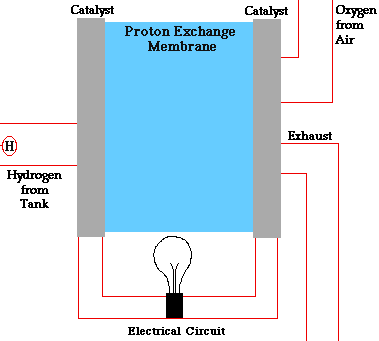
If you wanna kepoh about why it works like that, this video might help.
Hydrogen does occur naturally, but not enough to power so many fuel cells. For that, we’d have to use electricity to split the water molecules into hydrogen and oxygen gases.
So rather than think of hydrogen as a source of energy, just think of it as a battery.
Hydrogen’s ‘environmental friendliness’ depends on how the energy is generated. It can be produced using natural gas, or even steam. But it would make ecological sense if the process is done using renewable energy sources like solar, wind or hydro (water) power.
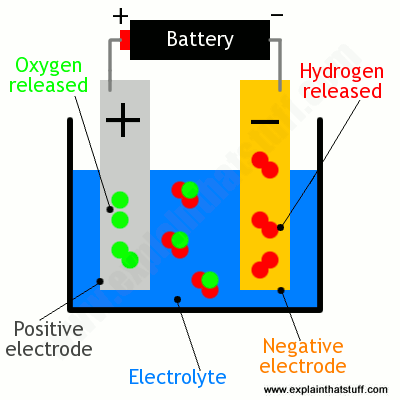
These fuel cells are easily swappable in cars, and refillable, which makes them work very similarly to our usual petrol-based cars but without the pollution (because of the by-product being water). It takes the same time to fill the car’s tank with the pressurised hydrogen sold at hydrogen refueling stations as it does to fill petrol. And the driving range after refueling is pretty much the same too.
Additionally, it comes with the major advantage of efficiency. While an internal combustion engine in the petrol-based car uses less than 20% of the chemical energy in petrol, a hydrogen fuel cell uses about 60% of the energy in hydrogen, so hydrogen beats petrol in the efficiency game by MUCH MORE. And it’s SAFER too.
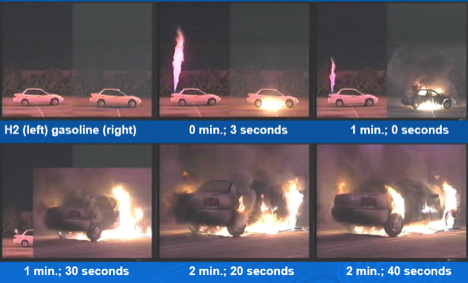
Since Sarawak is already considering using hydro power to generate hydrogen, the eco-friendliness of the process wouldn’t be too much of a problem. And neither would expenditure, since money is already being pumped in to help fund these hydrogen projects…
The hydrogen plant is just one of the things Sarawak is doing to achieve its clean energy goal
Since hydrogen fuel cell tech might still be a work in progress, the Sarawak state govt has been aggressively promoting research & development (R&D), so it established the Research Council, consisting of scientists and artificial intelligence experts.
Sarawak was expected to pay RM50 million for R&D projects, including a study on hydrogen development by SEB and Shell MDS. Abang Johari said that extra sales and tax revenue from oil and gas products will be used for R&D funding.
Speaking of R&D, Sarawak is gonna do a pilot project using hydrogen-powered buses to see if hydrogen fuel boleh pakai for the public transport system (which also includes plans to introduce a hydrogen-powered LRT in Sarawak, tho the project’s been postponed).
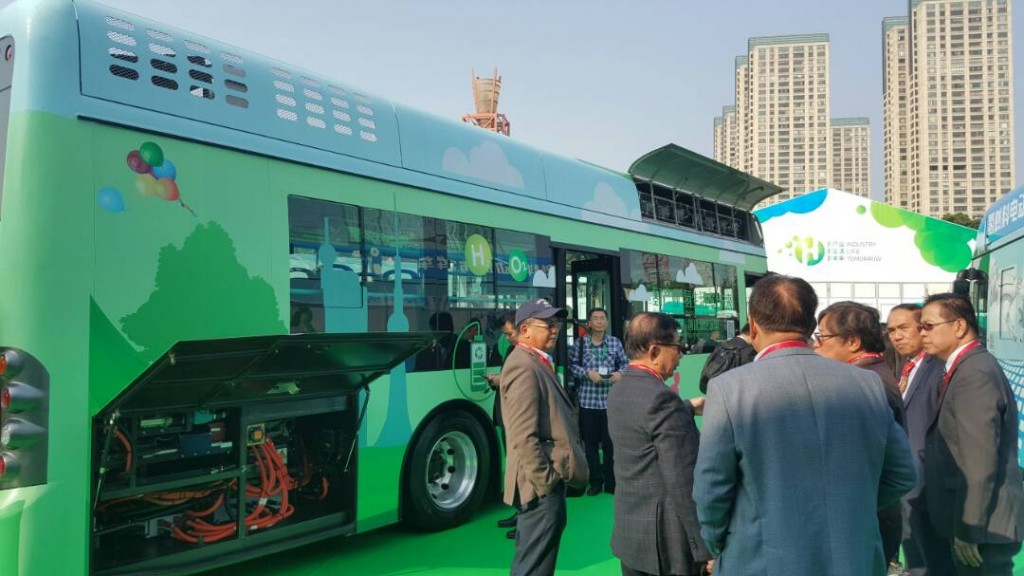
According to the SEDC chairman, SEDC has teamed up with a car manufacturer from China to make 3 hydrogen fuel cell buses, which will start operating as soon as SEDC gains written approval from the transport authorities. While SEDC waits for the green light to do the bus thing, the production plant has met all the safety compliance requirements.
“It was designed and built according to all relevant regulations, codes, standards and best practices referenced from design and operation of other international world class facilities.” – said SEB chairman.
And to enable the use of hydrogen-powered vehicles, Sarawak plans to set up 5 three-in-one fuel stations, that can fill your car up with hydrogen, electricity, or even just good ol’ petrol.
Although it’s uncertain if the rest of the country will be jumping on the hydrogen fuel cell bandwagon, Sarawak seems prepared to add hydrogen to its energy mix since Sarawak is already gathering its resources to make it work. And the Sarawak CM seems optimistic about it.
“The Sarawak government is going in the direction of green energy. We have hydropower, now we are producing hydrogen. This is still under research but we believe over time, there will be new technology that will make the process cheaper.” – Abang Johari.
DBKL? Putrajaya? Anyone listening?
- 2.2KShares
- Facebook2.1K
- Twitter5
- LinkedIn2
- Email12
- WhatsApp31

